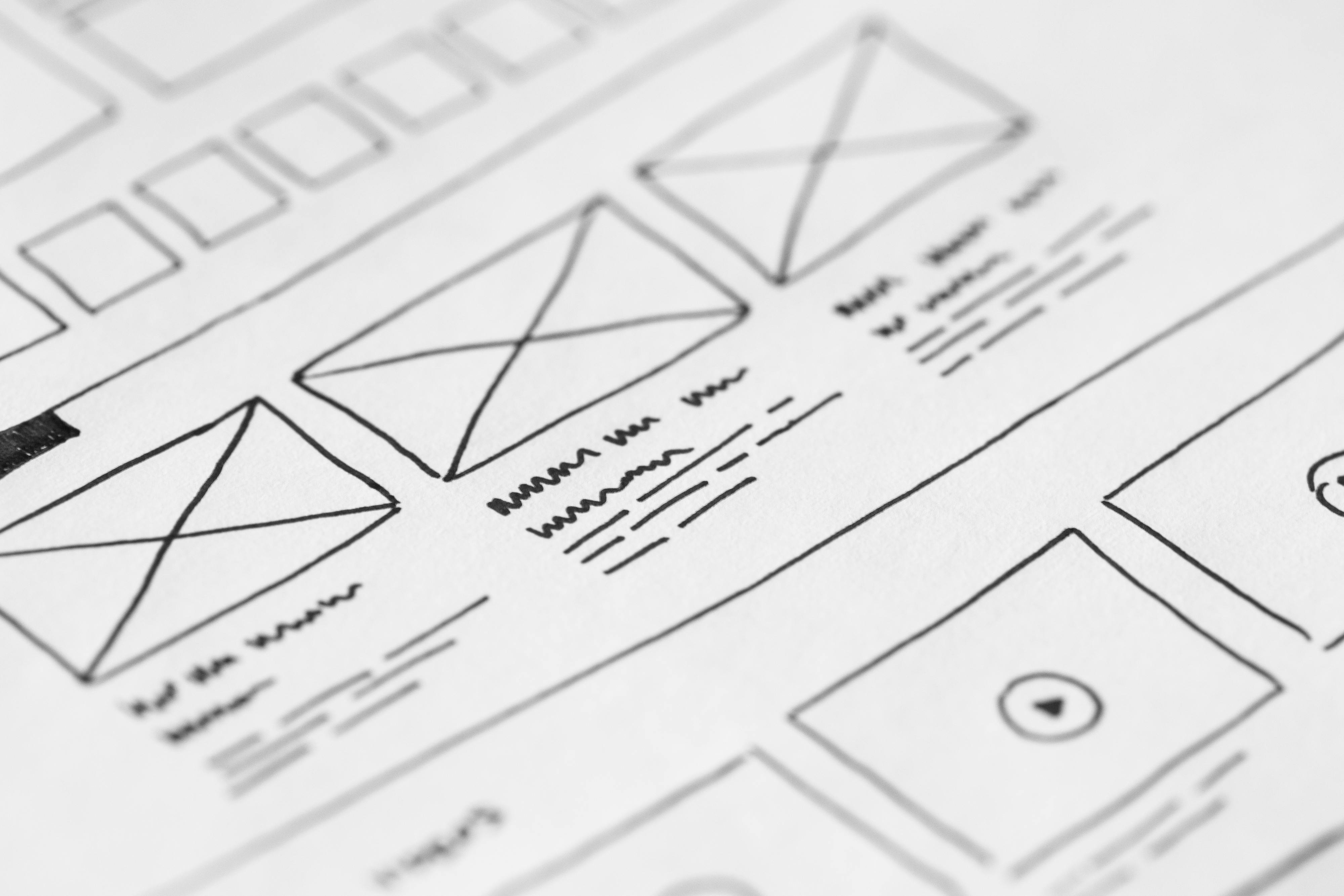Designing on the Fly: How Rapid Prototyping Speeds Up Smarter Learning Design

In today's fast-paced educational and corporate environments, instructional designers face mounting pressure to create effective learning experiences under tight deadlines and with evolving requirements. Traditional linear design approaches often fall short when stakeholders need quick results or when learning needs remain somewhat ambiguous at project initiation. Enter rapid prototyping—an agile, iterative approach that's transforming how we design learning experiences.
Rapid prototyping fundamentally changes the instructional design workflow by encouraging designers to start with a rough draft or low-fidelity prototype rather than waiting to test a final product. This approach creates a continuous feedback loop of designing, testing, tweaking, and repeating until the learning solution effectively meets both stakeholder expectations and learner needs. The beauty of this method lies in its flexibility—you don't need elaborate plans or polished materials to begin. Sometimes, a simple sketch, basic storyboard, or sample interaction built in your favorite authoring tool provides enough structure to start gathering meaningful feedback.
The rapid prototyping process follows a straightforward flow that instructional designers of all experience levels can implement. First, clearly identify the learning need by pinpointing the problem you're solving and understanding your target audience. Second, build a quick prototype with just enough detail to communicate your core concept. Third, share this prototype with stakeholders and potential learners, asking targeted questions about what works, what's unclear, and what's missing. Fourth, revise based on feedback and test again, repeating this cycle until the design is refined. Finally, develop the finished product with confidence, knowing it has been vetted through multiple feedback rounds.
While rapid prototyping shares similarities with the Successive Approximation Model (SAM), it's important to distinguish between the two approaches. Both methodologies emphasize iteration, feedback, and risk reduction, but rapid prototyping functions more as a flexible design technique rather than a comprehensive instructional design framework. Think of rapid prototyping as a tool that can exist within SAM's structured phases and workflows. Where SAM provides the overarching blueprint with defined team processes, rapid prototyping offers the hands-on approach for quick design exploration and validation.
Consider a practical application: you're tasked with creating a data privacy training course with just two weeks to deliver. Rather than writing complete scripts and building all interactions upfront, rapid prototyping allows you to create a quick outline, mock up sample slides with placeholder content, and immediately gather feedback from legal experts and potential learners. This early feedback might reveal that terminology is too technical or that scenario-based assessments would be more effective—insights that could prevent major rework later in the development process.
Rapid prototyping particularly shines in several scenarios: when facing tight deadlines, when stakeholder or learner expectations remain unclear, when working with teams that value speed and collaboration, when developing e-learning or mobile learning content, and when you want to validate ideas before investing significant development resources. This approach is ideally suited for corporate training environments, startups, and any context where agility trumps rigid planning structures.
The philosophical underpinning of rapid prototyping reminds us that perfection isn't required on the first attempt. Design is an evolutionary journey, and each quick test, adjustment, and conversation brings us closer to creating truly meaningful learning experiences. As instructional design continues to evolve in response to changing technological capabilities and learning preferences, methodologies that embrace flexibility, continuous improvement, and learner-centered design will increasingly become essential professional competencies for modern learning designers.
🔗 Episode Links:
Please check out the resource mentioned in the episode. Enjoy!
Photo by picjumbo.com: https://www.pexels.com/photo/white-printer-paper-196645/



